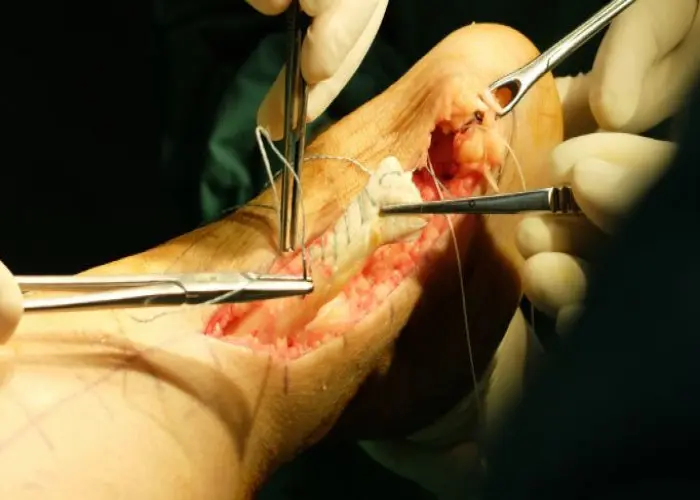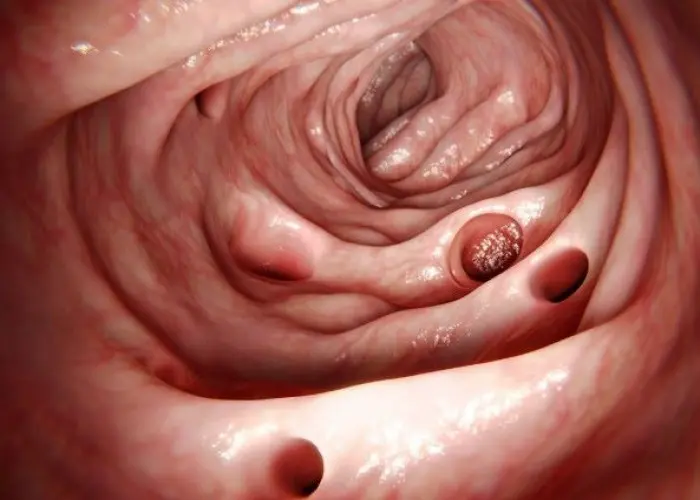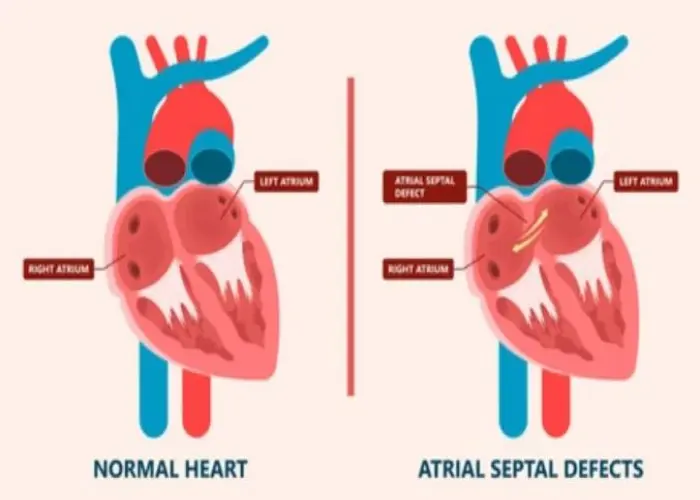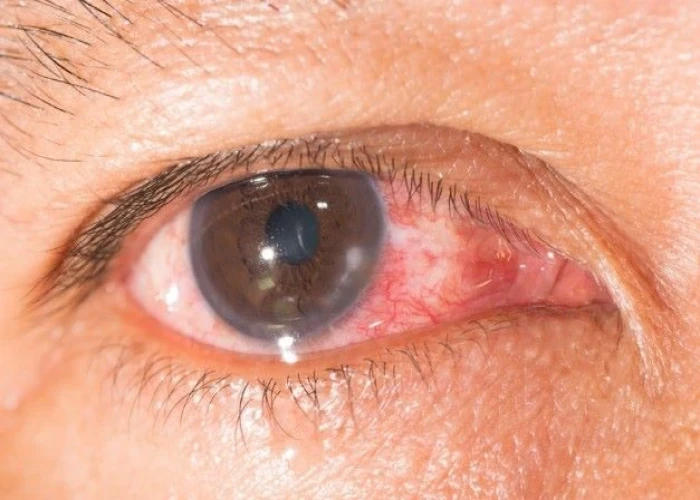 Welcome
Welcome
“May all be happy, may all be healed, may all be at peace and may no one ever suffer."
Keratitis

Keratitis is an inflammation of the cornea, the clear, dome-shaped surface that covers the front of the eye. It can be caused by a variety of factors, including infections, injuries, and underlying medical conditions.
Symptoms of keratitis may include:
- Eye pain
- Redness and swelling of the eye
- Sensitivity to light
- Blurred vision or loss of vision
- Eye discharge or tearing
- Feeling like there is something in the eye
Here are some tips for preventing and treating keratitis:
- Practice good hygiene: Wash your hands frequently and avoid touching your eyes to reduce the risk of infection.
- Protect your eyes: Wear protective eyewear when participating in activities that may result in eye injury, such as sports or DIY projects.
- Treat underlying medical conditions: If you have an underlying medical condition such as dry eye or an autoimmune disease, work with your healthcare provider to manage it effectively.
- Use antibiotics: If the keratitis is caused by a bacterial infection, your healthcare provider may prescribe antibiotic eye drops or ointments.
- Use antiviral medications: If the keratitis is caused by a viral infection, antiviral medications may be prescribed.
- Use corticosteroids: If the keratitis is caused by an autoimmune condition, corticosteroid eye drops or ointments may be prescribed to reduce inflammation.
It is important to seek medical attention promptly if you experience symptoms of keratitis. Early diagnosis and treatment can help prevent complications and improve outcomes.
Research Papers
Disease Signs and Symptoms
- Eye redness
- Eye pain or burning
- Excess tears or other discharge from your eye
- Blurred vision of eye
- Sensitivity to light (Photophobia)
- Difficulty opening your eyelid because of pain or irritation
- Increased sensitivity to bright light and glare, which can cause problems with night driving
Disease Causes
Keratitis
Causes of keratitis include:
- Injury. If any object scratches or injures the surface of your cornea, noninfectious keratitis may result. In addition, an injury may allow microorganisms to gain access to the damaged cornea, causing infectious keratitis.
- Contaminated contact lenses. Bacteria, fungi or parasites — particularly the microscopic parasite acanthamoeba — may inhabit the surface of a contact lens or contact lens carrying case. The cornea may become contaminated when the lens is in your eye, resulting in infectious keratitis. Over-wearing your contact lenses can cause keratitis, which can become infectious.
- Viruses. The herpes viruses (herpes simplex and herpes zoster) may cause keratitis.
- Bacteria. The bacterium that causes gonorrhea can cause keratitis.
- Contaminated water. Bacteria, fungi and parasites in water — particularly in oceans, rivers, lakes and hot tubs — can enter your eyes when you're swimming and result in keratitis. However, even if you're exposed to these bacteria, fungi or parasites, a healthy cornea is unlikely to become infected unless there has been some previous breakdown of the corneal surface — for example, wearing a contact lens too long.
Disease Prevents
Keratitis
Caring for your contact lenses
If you wear contact lenses, proper use, cleaning and disinfecting can help prevent keratitis. Follow these tips:
- Choose daily wear contacts, and take them out before going to sleep.
- Wash, rinse and dry your hands thoroughly before handling your contacts.
- Follow your eye care professional's recommendations for taking care of your lenses.
- Use only sterile products that are made specifically for contact lens care, and use lens care products made for the type of lenses you wear.
- Gently rub the lenses during cleaning to enhance the cleaning performance of the contact lens solutions. Avoid rough handling that might cause your lenses to become scratched.
- Replace your contact lenses as recommended.
- Replace your contact lens case every three to six months.
- Discard the solution in the contact lens case each time you disinfect your lenses. Don't "top off" the old solution that's already in the case.
- Don't wear contact lenses when you go swimming.
Preventing viral outbreaks
Some forms of viral keratitis can't be completely eliminated. But the following steps may control viral keratitis occurrences:
- If you have a cold sore or a herpes blister, avoid touching your eyes, your eyelids and the skin around your eyes unless you've thoroughly washed your hands.
- Only use eyedrops that have been prescribed by an eye doctor.
- Washing your hands frequently prevents viral outbreaks.
Disease Treatments
Noninfectious keratitis
Treatment of noninfectious keratitis varies depending on the severity. For example, with mild discomfort from a corneal scratch, artificial tear drops may be the only treatment. However, if keratitis is causing significant tearing and pain, a 24-hour eye patch and topical eye medications may be necessary.
Infectious keratitis
Treatment of infectious keratitis varies, depending on the cause of the infection.
- Bacterial keratitis. For mild bacterial keratitis, antibacterial eyedrops may be all you need to effectively treat the infection. If the infection is moderate to severe, you may need to take oral antibiotics to get rid of the infection.
- Fungal keratitis. Keratitis caused by fungi typically requires antifungal eyedrops and oral antifungal medication.
- Viral keratitis. If a virus is causing the infection, antiviral eyedrops and oral antiviral medications may be effective. Other viruses need only supportive care such as artificial tear drops.
- Acanthamoeba keratitis. Keratitis that's caused by the tiny parasite acanthamoeba can be difficult to treat. Antibiotic eyedrops are used, but some acanthamoeba infections are resistant to medication. Severe cases of acanthamoeba keratitis may require a cornea transplant.
If keratitis doesn't respond to medication, or if it causes permanent damage to the cornea that significantly impairs your vision, your doctor may recommend a cornea transplant.
Noninfectious keratitis
Treatment of noninfectious keratitis varies depending on the severity. For example, with mild discomfort from a corneal scratch, artificial tear drops may be the only treatment. However, if keratitis is causing significant tearing and pain, a 24-hour eye patch and topical eye medications may be necessary.
Infectious keratitis
Treatment of infectious keratitis varies, depending on the cause of the infection.
- Bacterial keratitis. For mild bacterial keratitis, antibacterial eyedrops may be all you need to effectively treat the infection. If the infection is moderate to severe, you may need to take oral antibiotics to get rid of the infection.
- Fungal keratitis. Keratitis caused by fungi typically requires antifungal eyedrops and oral antifungal medication.
- Viral keratitis. If a virus is causing the infection, antiviral eyedrops and oral antiviral medications may be effective. Other viruses need only supportive care such as artificial tear drops.
- Acanthamoeba keratitis. Keratitis that's caused by the tiny parasite acanthamoeba can be difficult to treat. Antibiotic eyedrops are used, but some acanthamoeba infections are resistant to medication. Severe cases of acanthamoeba keratitis may require a cornea transplant.
If keratitis doesn't respond to medication, or if it causes permanent damage to the cornea that significantly impairs your vision, your doctor may recommend a cornea transplant.
Disease Diagnoses
Disease Allopathic Generics
-
Sulfacetamide sodium
1/2 drop can be given in the eyes 2/3 times daily and should be used with colored glasses.
-
Gentamicin Sulfate (Injection)
1 injection into the flesh daily.
-
Amoxicillin Trihydrate
1 3 times a day at night (after 8 hours).
-
Chlorpheniramine Maleate
1 pill 3 times a day.
-
Pheniramine Maleate
1/2 teaspoon 3 times a day.
-
Mebhydrolin Napadisylate
1/2 pill 3 times a day.
- Cetirizine Hydrochloride (Ophthalmic)
-
Diclofenac Sodium
Diclofenac sodium is a medicine for eye pain.
1 3 times a day after meals.
-
Vitamin A (Retinol)
1 time after 1 week or 1 tablet of 100 mg (50,000,00) daily or 2/3 times a week.
-
Super Antioxidant, Vitamins & Multimineral
Take 1 pill at any time of the day.
-
Vitamin B complex
1 serving 2 times a day after meals.
Disease Ayurvedic Generics
Disease Homeopathic Generics
Disease yoga
Keratitis and Learn More about Diseases

Tongue cancer

Achilles tendinitis

Diverticulitis

Compulsive sexual behavior

Atrial septal defect (ASD)

Adult attention-deficit/hyperactivity disorder (ADHD)

Thalassemia

Seasonal affective disorder (SAD)
keratitis, কেরাটাইটিস
To be happy, beautiful, healthy, wealthy, hale and long-lived stay with DM3S.
